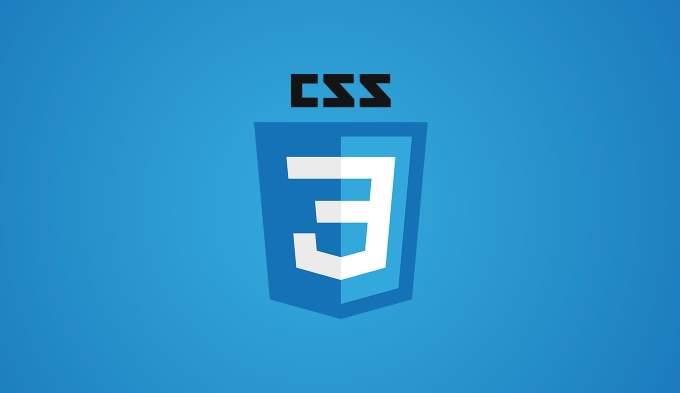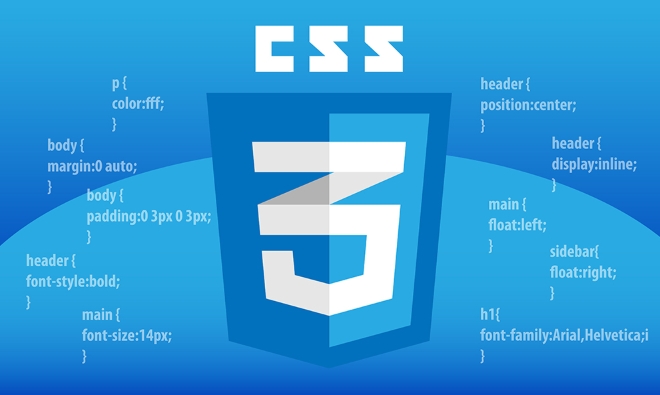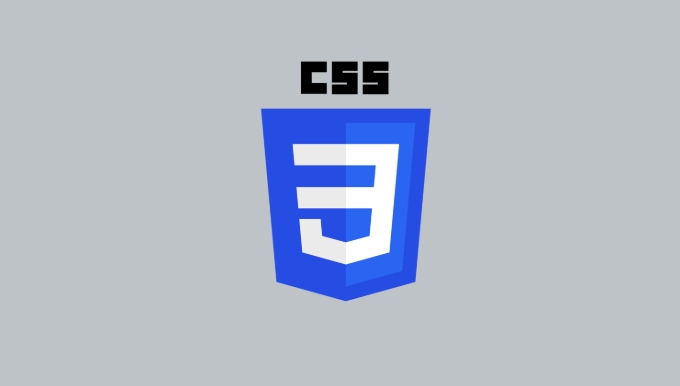Choosing a CSS framework or native CSS depends on project requirements and team proficiency. Using frameworks such as Bootstrap or Tailwind can speed up development with prefabricated components, especially for prototypes or time-critical projects, but requires learning naming specifications and tool patterns; while native CSS does not require additional syntax, suitable for small projects or situations where full control is required. Frameworks may cause code redundancy and need to be manually optimized to avoid performance problems, while native CSS is more flexible but is slow to develop and prone to inconsistent. In teamwork, frameworks help unify styles and simplify handovers, but over-customization can cause confusion, while native CSS is easier to debug due to its simple structure. Therefore, both have their own advantages and disadvantages, and should be weighed based on development efficiency, customization, performance and team processes.

Using CSS frameworks definitely has its advantages, but sticking to vanilla CSS isn't without merit either. The best choice really depends on your project's needs and your team's familiarity with tools.

Faster Development vs. Learning Curve
One big plus of using a CSS framework like Bootstrap or Tailwind is speed. You can get a site up and running fast with pre-built components — buttons, grids, navbars — all styled and responsive right out of the box. This is especially helpful for prototypeing or projects with tight deadlines.

On the flip side, if you're not already familiar with a framework, there is a learning curve. You'll need to learn the class naming conventions, utility patterns (especially in utility-first frameworks like Tailwind), and maybe even how to customize defaults. With vanilla CSS, what you write is what you get — no special syntax or setup needed. If you're just building something small or want full control, plain CSS might feel more straightforward.
- Frameworks save time with ready-to-use components
- Vanilla CSS gives more creative freedom upfront
- Framework knowledge doesn't always transfer between them
Customization and Bloat
A common complaint about CSS frameworks is that they can lead to bloated code if not optimized. Sure, you get a ton of styles by default, but chances are you won't use everything. That unused CSS adds extra weight to your site unless you take steps like purging unused classes or customizing the build process.

Vanilla CSS avoids this issue altogether — you only write what you need. But then again, writing everything from scratch takes longer and increase the chance of inconsistency across your UI.
- Unused CSS in frameworks can slow things down
- Manual optimization helps, but adds setup work
- Writing custom CSS means slower start but leaner output
Maintainability and Team Collaboration
When working in teams, especially ones where not everyone is equally experienced, CSS frameworks can actually help maintain consistency. Everyone uses the same utility classes or component styles, so there's less guesswork involved. It also makes it easier to hand off work or onboard new developers who already know the framework.
But if you're not careful, even framework-based code can become messy over time — especially when people start adding custom overrides or mixing in their own styles inconsistently. Vanilla CSS can suffer from the same issues too, but with fewer abstractions, sometimes it's easier to track down what's causing layout problems or style conflicts.
- Frameworks promote consistent styling across a team
- Too many overrides can defeat the purpose of using a framework
- Pure CSS may be easier to debug due to fewer layers
All in all, whether to go with a CSS framework or stick to vanilla CSS comes down to your priorities: development speed, customization, performance, and team workflow. Neither approach is inherently better — just better suited for different situations.
The above is the detailed content of Pros and cons of using CSS Frameworks vs. vanilla CSS. For more information, please follow other related articles on the PHP Chinese website!

Hot AI Tools

Undress AI Tool
Undress images for free

Undresser.AI Undress
AI-powered app for creating realistic nude photos

AI Clothes Remover
Online AI tool for removing clothes from photos.

Clothoff.io
AI clothes remover

Video Face Swap
Swap faces in any video effortlessly with our completely free AI face swap tool!

Hot Article

Hot Tools

Notepad++7.3.1
Easy-to-use and free code editor

SublimeText3 Chinese version
Chinese version, very easy to use

Zend Studio 13.0.1
Powerful PHP integrated development environment

Dreamweaver CS6
Visual web development tools

SublimeText3 Mac version
God-level code editing software (SublimeText3)

Hot Topics
 How can I include CSS only on some pages?
Jun 11, 2025 am 12:01 AM
How can I include CSS only on some pages?
Jun 11, 2025 am 12:01 AM
There are three ways to selectively include CSS on a specific page: 1. Inline CSS, suitable for pages that are not frequently accessed or require unique styles; 2. Load external CSS files using JavaScript conditions, suitable for situations where flexibility is required; 3. Containment on the server side, suitable for scenarios using server-side languages. This approach can optimize website performance and maintainability, but requires balance of modularity and performance.
 Flexbox vs Grid: Understanding the Key Differences in CSS Layout
Jun 10, 2025 am 12:03 AM
Flexbox vs Grid: Understanding the Key Differences in CSS Layout
Jun 10, 2025 am 12:03 AM
Flexboxisidealforone-dimensionallayouts,whileGridsuitstwo-dimensional,complexlayouts.UseFlexboxforaligningitemsinasingleaxisandGridforprecisecontroloverrowsandcolumnsinintricatedesigns.
 Creating an Auto-Closing Notification With an HTML Popover
Jun 10, 2025 am 09:45 AM
Creating an Auto-Closing Notification With an HTML Popover
Jun 10, 2025 am 09:45 AM
The HTML popover attribute transforms elements into top-layer elements that can be opened and closed with a button or JavaScript. Popovers can be dismissed a number of ways, but there is no option to auto-close them. Preethi has a technique you can u
 What is 'render-blocking CSS'?
Jun 24, 2025 am 12:42 AM
What is 'render-blocking CSS'?
Jun 24, 2025 am 12:42 AM
CSS blocks page rendering because browsers view inline and external CSS as key resources by default, especially with imported stylesheets, header large amounts of inline CSS, and unoptimized media query styles. 1. Extract critical CSS and embed it into HTML; 2. Delay loading non-critical CSS through JavaScript; 3. Use media attributes to optimize loading such as print styles; 4. Compress and merge CSS to reduce requests. It is recommended to use tools to extract key CSS, combine rel="preload" asynchronous loading, and use media delayed loading reasonably to avoid excessive splitting and complex script control.
 How to use Lotties in Figma
Jun 14, 2025 am 10:17 AM
How to use Lotties in Figma
Jun 14, 2025 am 10:17 AM
In the following tutorial, I will show you how to create Lottie animations in Figma. We'll use two colorful designs to exmplify how you can animate in Figma, and then I'll show you how to go from Figma to Lottie animations. All you need is a free Fig
 Breaking Boundaries: Building a Tangram Puzzle With (S)CSS
Jun 13, 2025 am 11:33 AM
Breaking Boundaries: Building a Tangram Puzzle With (S)CSS
Jun 13, 2025 am 11:33 AM
We put it to the test and it turns out Sass can replace JavaScript, at least when it comes to low-level logic and puzzle behavior. With nothing but maps, mixins, functions, and a whole lot of math, we managed to bring our Tangram puzzle to life, no J
 External vs. Internal CSS: What's the Best Approach?
Jun 20, 2025 am 12:45 AM
External vs. Internal CSS: What's the Best Approach?
Jun 20, 2025 am 12:45 AM
ThebestapproachforCSSdependsontheproject'sspecificneeds.Forlargerprojects,externalCSSisbetterduetomaintainabilityandreusability;forsmallerprojectsorsingle-pageapplications,internalCSSmightbemoresuitable.It'scrucialtobalanceprojectsize,performanceneed
 Does my CSS must be on lower case?
Jun 19, 2025 am 12:29 AM
Does my CSS must be on lower case?
Jun 19, 2025 am 12:29 AM
No,CSSdoesnothavetobeinlowercase.However,usinglowercaseisrecommendedfor:1)Consistencyandreadability,2)Avoidingerrorsinrelatedtechnologies,3)Potentialperformancebenefits,and4)Improvedcollaborationwithinteams.






